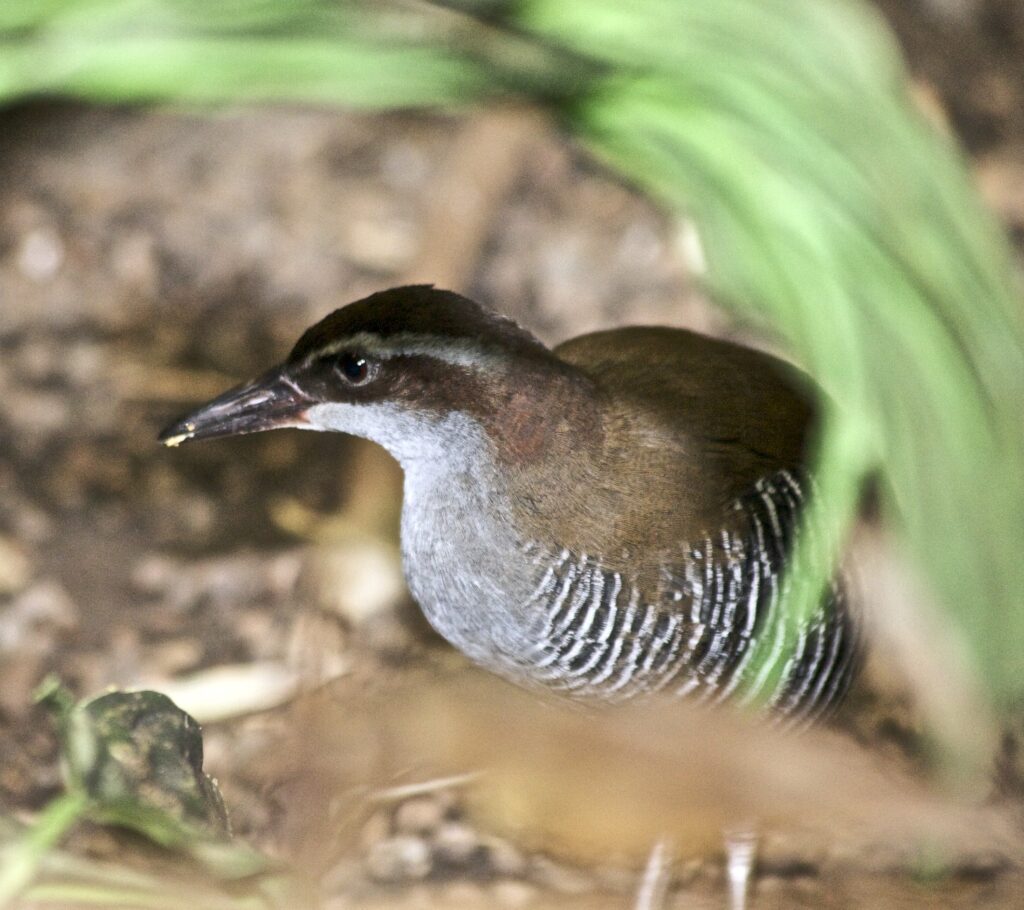
People have intentionally or accidentally introduced numerous invasive species to habitats around the world. At the same time, the planet’s wildlife is in a steep decline. A recent study estimated that the populations of over 5,000 vertebrate species have declined by an average of nearly 70% since 1970. A United Nations report warns that human activity has threatened as many as a million species with extinction.
With all of this as a background, there is climate change that is altering the habitats of the world’s species – warming lakes and oceans, turning forests into grasslands, tundra into woodland, and melting glaciers. In response to these changes, living things are rearranging themselves, migrating to more hospitable locations. But many species are just not capable of finding more suitable habitats on their own.
Conservationists are now increasingly considering the use of assisted migration. In some cases, when a species’ critical habitat has been irreversibly altered or destroyed, agencies are establishing experimental populations outside of the species’ historical range. Such actions are often deemed extreme but may be increasingly necessary.
However, clear-cut cases are relatively rare. More likely, it is a more difficult judgement call as to whether assisted migration is a good idea or is possibly a threat to the ecosystem of the species’ new location. The relative dearth of assisted migration experiments is less likely a result of legal barriers than it is a lack of scientific and societal consensus on the practice. Scientists are now trying to develop risk-analysis frameworks that various agencies can use in considering potential assisted migration experiments.
**********
Web Links
Last Resort: Moving Endangered Species in Order to Save Them
Photo, posted March 18, 2010, courtesy of Jean via Flickr.
Earth Wise is a production of WAMC Northeast Public Radio
Leave a Reply